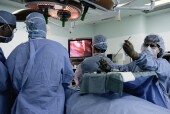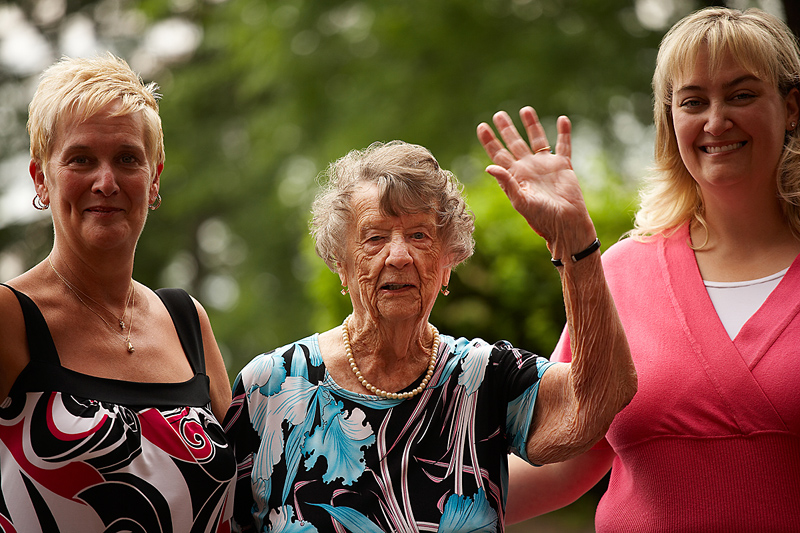
TUESDAY, Oct. 14, 2014 (HealthDay News) — In a study of more than 1 million cancer patients who had surgery, Harvard researchers found that almost 5 percent died within one month of their operation.
That’s a higher death rate than seen in previous, smaller studies, the researchers noted. The greatest risk of dying was among patients who were single, uninsured, minority, male, older, less educated, poor or who had advanced cancer.
“We believe that disproportionate access to quality health care is the major driver of the disparities in one-month cancer surgical deaths observed in this study,” said lead author Brandon Mahal, a research fellow at the Dana-Farber Cancer Institute in Boston.
Policy makers and health care providers need to be aware of the poorer outcomes after cancer surgery seen among these disadvantaged groups, he said.
Of the 1.1 million patients diagnosed from 2004 to 2011, almost 53,500 died within the month after surgery, the study found.
Specifically, Mahal’s team found married patients had a 20 percent lower risk of dying within the month after surgery; insured patients had a 12 percent lower risk; wealthier patients had a 5 percent lower risk; and more-educated patients had a 2 percent lower risk.
Conversely, minority patients had a 13 percent higher risk of dying; men had an 11 percent greater risk; older patients had a 2 percent greater risk; and patients with advanced cancer had an 89 percent higher risk, Mahal said.
Patients in the study had some of the most common and deadly cancers, including lung, breast, colorectal, prostate, thyroid, esophageal, pancreatic, endometrial, ovarian, head and neck, liver, bladder and kidney cancer, melanoma and non-Hodgkin lymphoma.
This study is also the first to show that these disparities aren’t limited to older patients. Nearly 40 percent of the patients in the study were younger than 65 and not eligible for Medicare, the researchers reported.
Mahal’s team didn’t have data on the causes of the patients’ deaths. However, death in the month following surgery is an important measure of the quality of care a patient received, he said.
“Efforts to reduce deaths and eliminate disparities have the potential to significantly improve survival among patients with cancer,” Mahal said.
Mahal said that the reasons for these disparities are complex. They may reflect differences in access to quality care, biological or genetic factors, social support and treatment differences between hospitals, he said.
“Although there is little consensus as to why disparities in surgical outcomes exist, most of the existing literature cites one particularly alarming finding: minority, poor, uninsured patients disproportionately receive care at lower quality, underperforming hospitals,” Mahal said.
It is clear that a lot can be done to improve outcomes for all patients, he said. “We can start by identifying and supporting improvements for underperforming hospitals, as well as offering more social support services to patients at high risk of poorer outcomes,” he noted.
The findings are to be presented Friday at the American Society of Clinical Oncology Quality Care Symposium in Boston. Research presented at meetings is considered preliminary until published in a peer-reviewed medical journal.
Dr. Leonard Lichtenfeld, deputy chief medical officer at the American Cancer Society, said, “This confirms what many of us suspected. What we don’t know is why this happens.”
Although the biggest risk factor is having advanced cancer, the social and economic disparities need to be considered, Lichtenfeld said.
This paper suggests, but does not prove, that quality of care is a factor in the outcomes of disadvantaged patients, he said.
“We are making assumptions about what we think is happening, but we have to prove what we think is happening. We can then take the next step and find solutions that will improve outcomes for patients,” he said.
More information
Visit the American Cancer Society for more on cancer deaths.
Copyright © 2025 HealthDay. All rights reserved.

